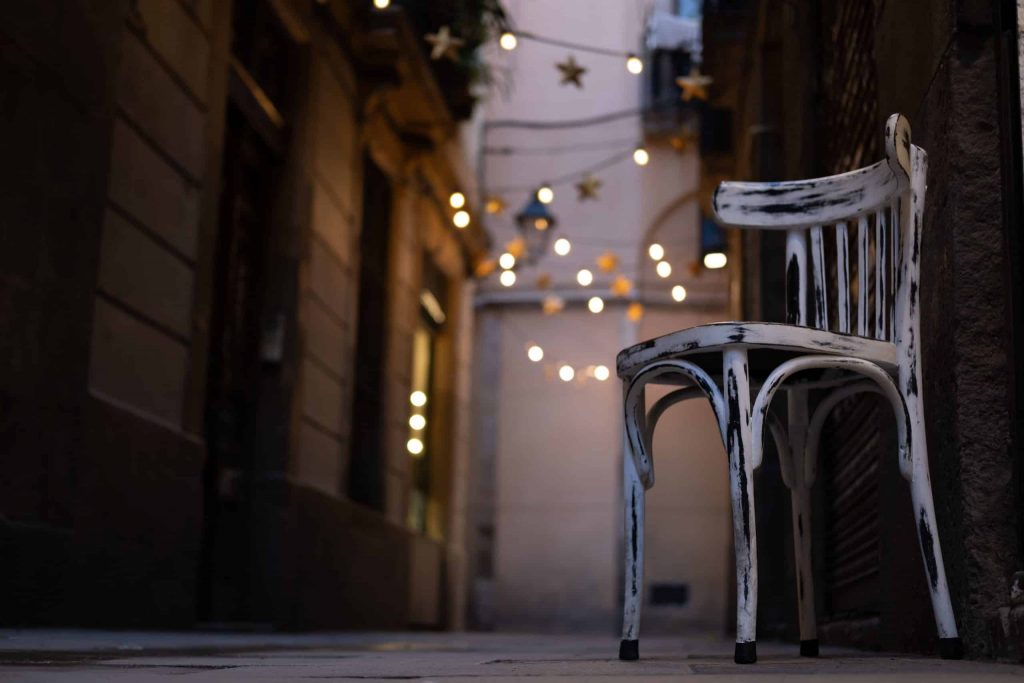The simple meaning of a chair as a movable seat, with a back, for a single individual, offers no indication of the really vast variety of items that certify under this description. A couple of individuals today are mindful of the fact that for much of its history– and chairs go back through classical times to the time of the pharaohs– the chair was intended for kings, nobles, and clergy; common people sat on backless chests benches or stools.
The word chair originates from the Latin cathedra, hence the classification of a church that was the seat of a bishop as a cathedral. Medieval chairs, religious or secular, were huge framed affairs frequently with linenfold panels, and often offered with a canopy or tester, generally placed on a dais to more highlight the importance of the occupant.
The box-like construction of these frame-and-panel chairs ended up being lighter with time, as did another old kind is known as the curule, an X-shaped chair utilized considering that Roman times, incredibly much like numerous these days’ folding grass chairs.
At the same time, turned chairs, or “throne” chairs as they were known, ended up being typical, partly due to the fact that numerous trade guilds limited certain construction techniques such as turning and joinery to different craftsmen.
Get your own easy woodworking project chair plans here
Rich sculpting and polychromatic surface area therapies were typical of chairs booked for important people, however by the mid-17th century, as chairs became more usual and extremely commonly upholstered, they ended up being both lighter and smaller. Chairs from the Age of Walnut display an open framework, making use of numerous systems of stretchers, often combining a great deal of sculpting with turned and profiled aspects.
The French are usually credited with having actually established the first really light-weight and comfortable chairs, from which an entire course of upholstered chairs has actually established, including sleeping chairs, armchairs, wing chairs, and a range of chairs defined by seat heights more convenient for uses other than at a dining table or desks, such as slipper chairs and lounge chairs.
Throughout the 18th century, before furnishings production passed mainly into the hands of manufacturing facilities, chairs were made with even more curves than before, a procedure that needed significant product, considering that curved sections– usually legs and backs– were normally sawn out of the strong.
The progress from straight and occasionally turned legs to shapes such as the cabriole and the klismos, and the development of designs not needing stretchers, but depending instead on techniques such as knee blocks, edge blocks, and wider tenons in considerable rails, can be followed as a logical timeline up to the point where industrial pressures for constant advancement resulted in the riot of revival styles that distinguishes the 19th century.
At the exact same time, various nation styles progressed and remain popular, such as the Windsor chair, which originated in Britain and was given a peak in America. Windsor chairs are used on splayed legs held by stretchers, with rush or walking stick seated chairs, mainly turned, and turned into so-called ladderback chairs.
Of all courses of furnishings, the chair presents the greatest structural challenges, and this reality has led to a range of kinds trying to fulfill these challenges in different means. Chief amongst these are chairs with flexible backs, one variety of which, the Morris chair, is closely associated with the Arts and Crafts movement. Other designs consist of rocking chairs, which take care of the naturally weakest part of a chair’s building– the joint in between the seat and the back leg, specifically when the resident leans or tilts in reverse, the bentwood chair, and the rattan chair.
While the standard, roughly 14-in.-high-seated dining chair and side chair (a dining chair with arms) constitute exactly what is usually considered when the word “chair” is uttered, ranges categorized using are nearly limitless, varying from folding chairs to desk chairs, composing chairs made with broadened arms, library chairs, and convertible ladder chairs.
Of all courses of furnishings, the chair presents the biggest structural difficulties, and this fact has actually led to a variety of kinds attempting to satisfy these difficulties in different methods. Chief among these are chairs with adjustable backs, one range of which, the Morris chair, is carefully connected with the Arts and Crafts motion. Other designs consist of shaking chairs, which attend to the naturally weakest part of a chair’s building– the joint between the seat and the back leg, especially when the occupant leans or turns in reverse, the bentwood chair, and the rattan chair.
Image credit: Photo by Guillermo Latorre on Unsplash
Guillermo Latorre

